THE FARM VOTE
Spring of 2023 will be a lively political time as Alberta’s general election pits the UCP and new Premier Danielle Smith against the NDP and former premier Rachel Notley.

Spring of 2023 will be a lively political time as Alberta’s general election pits the UCP and new Premier Danielle Smith against the NDP and former premier Rachel Notley.
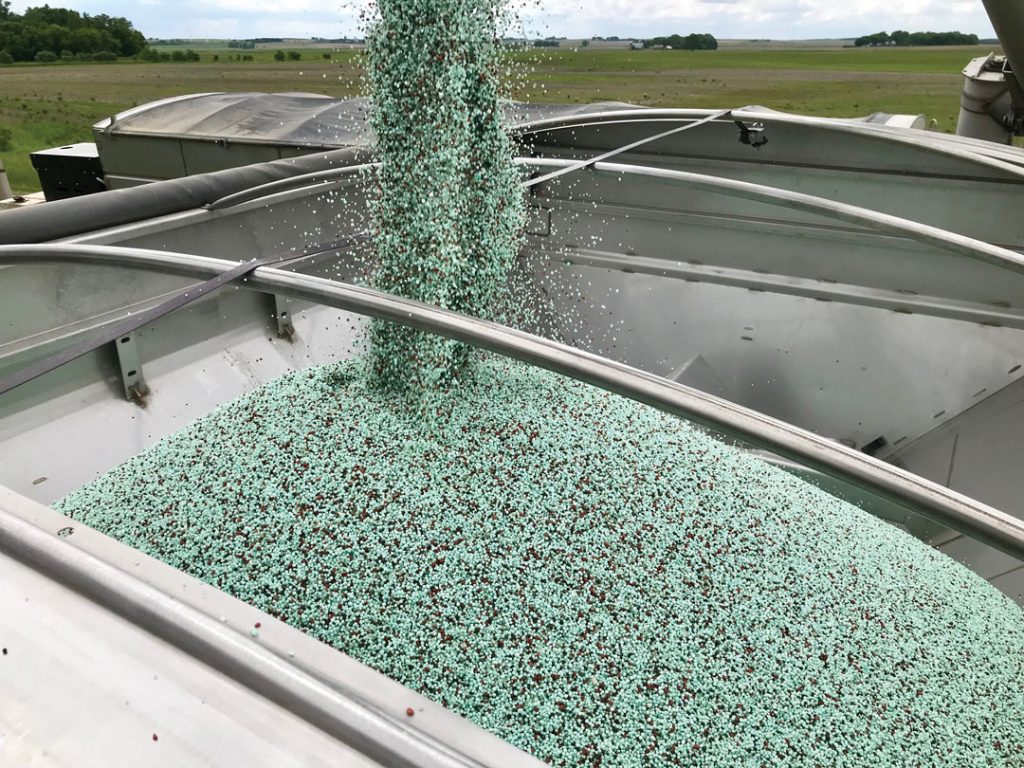
When fertilizer prices hit all-time highs and availability became a serious concern this past growing season, it naturally forced farmers to question whether they apply their primary input as efficiently as possible.
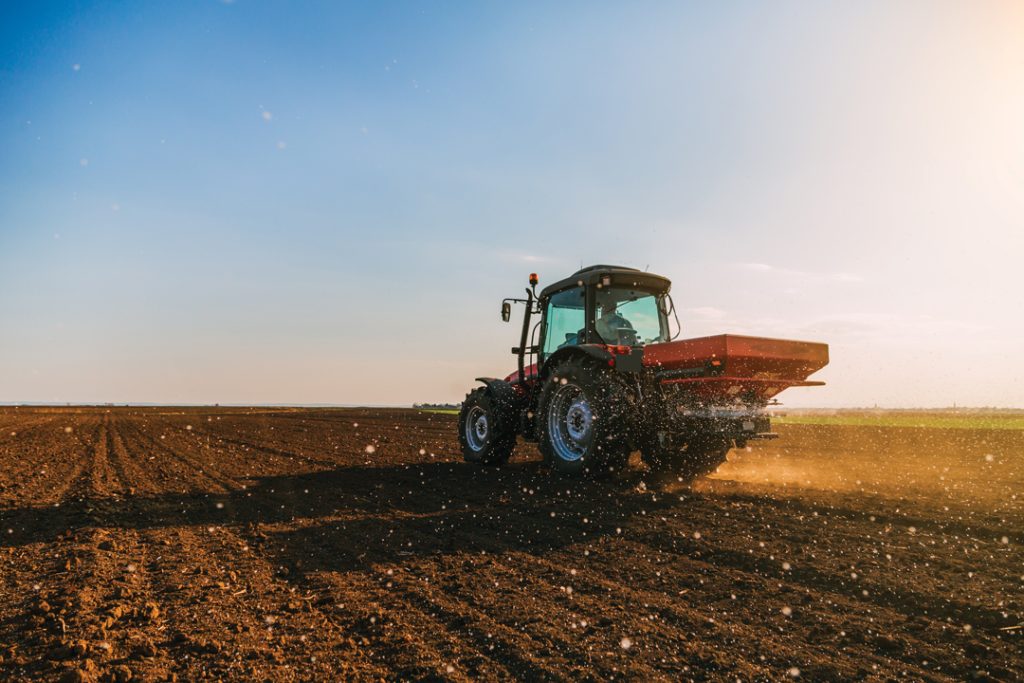
What goes up must come down, unless it continues to go up. That about sums up the tale of fertilizer over the last two years. After all, it was only two years ago in Western Canada that urea sold at $400 per tonne.
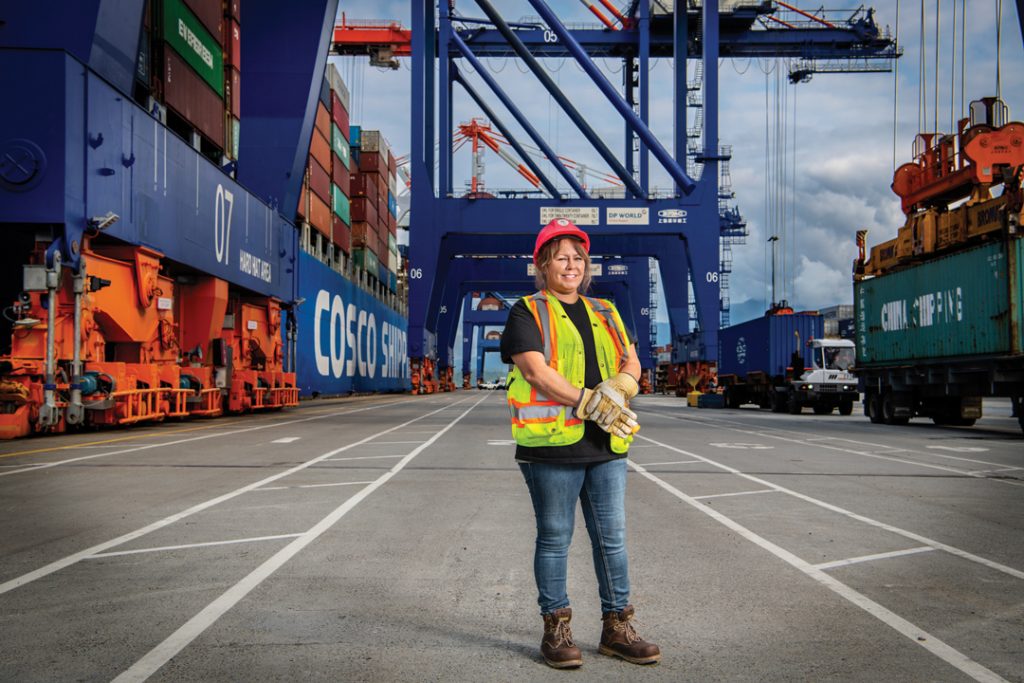
The Port of Prince Rupert is a remote but critical link in the Canadian crop export chain. Located in Prince Rupert Harbour just south of the Alaska Panhandle on British Columbia’s rugged Pacific coastline, its facilities are strung along a 20-kilometre stretch of Kaien Island, adjacent to the Prince Rupert townsite.
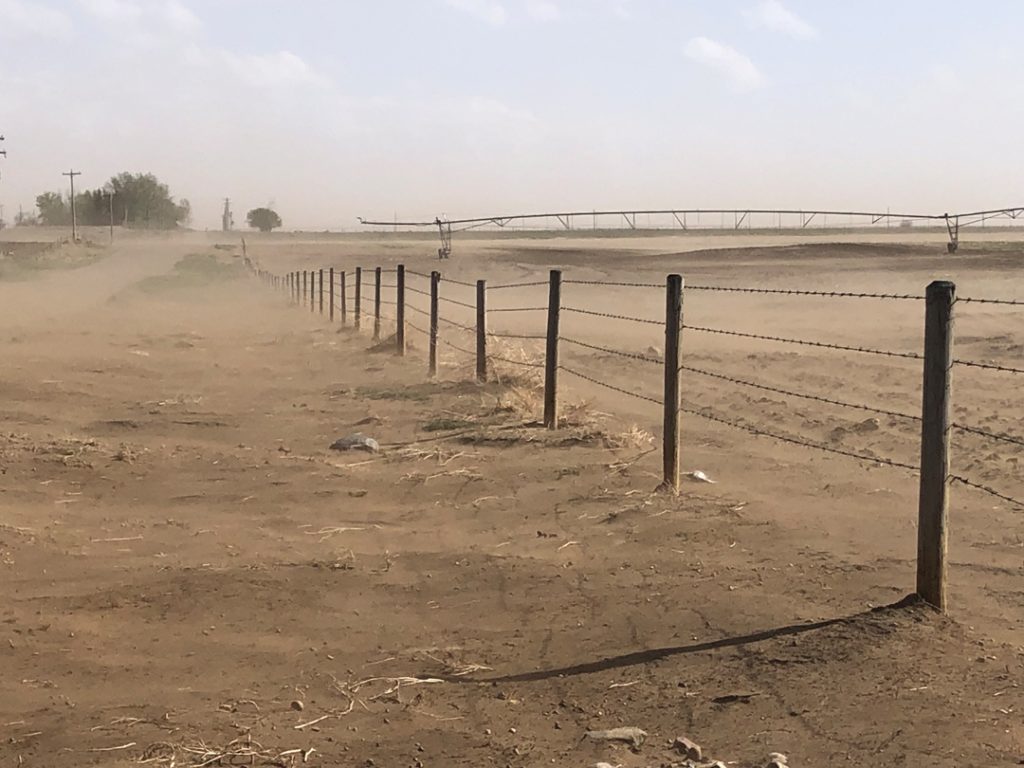
On a drive from Brooks to Lethbridge in mid-May, retired provincial agronomy researcher Ross McKenzie was literally stopped in his tracks by dust clouds. Carried by high winds across drought-stricken fields, the dirt was so thick it obscured the road ahead. Disappointed, he snapped a few photos and posted them on Twitter with a desperate plea for rain. McKenzie isn’t alone in his observations. Across the province, but especially in southern Alberta, farmers have noticed the return of this agricultural scourge once thought resolved.
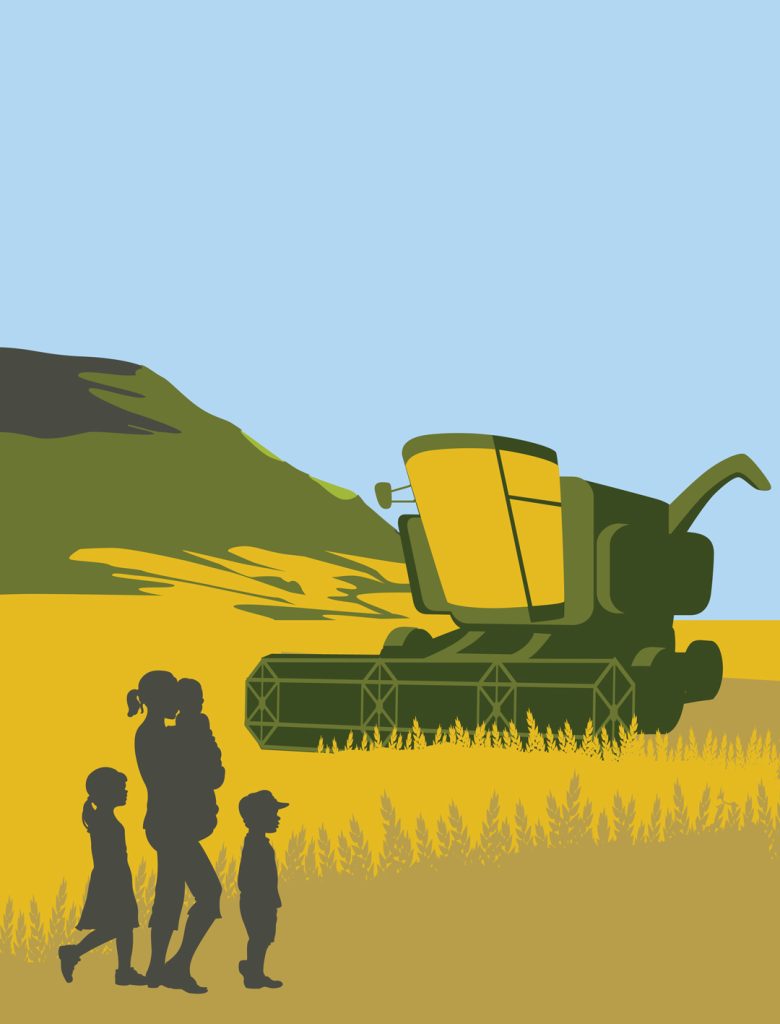
Carbon credits, competition with China and AgriStability may have been the hot topics at a roundtable discussion between Peace Country farmers and Chrystia Freeland back in January 2020, but it was the childcare concerns raised by Fairview area agronomist Josefine Bartlett that seemed to leave the biggest impression on the deputy prime minister.

Years in the making, the agriculture industry celebrated a substantial victory when Health Canada announced crops produced by gene editing are as safe for consumption as those produced by conventional plant breeding.
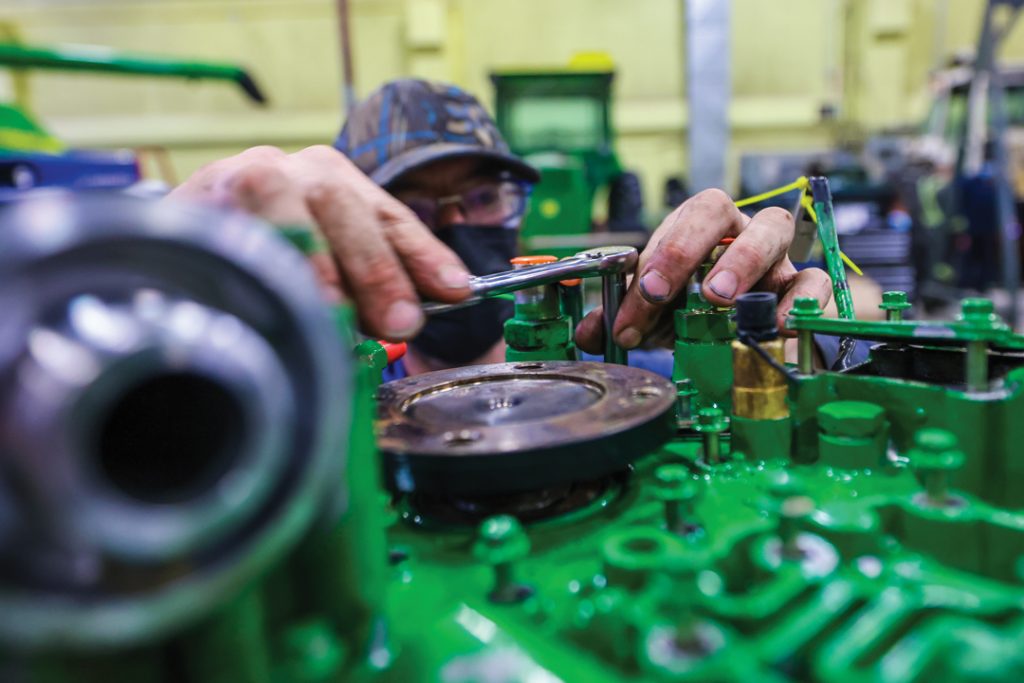
Despite above-average wages and rewarding work environments, the trades sector has long suffered the undeserved reputation as a last chance career choice. This inaccurate perception has hindered intake within the uniquely niche designation of agricultural mechanic. As a result, the ag sector is reckoning with scarcity of these skilled workers.

Old World malting barley genetics may soon be available to Alberta farmers, brewers and distillers in search of trademark flavour characteristics and carcinogen-free chemistry.
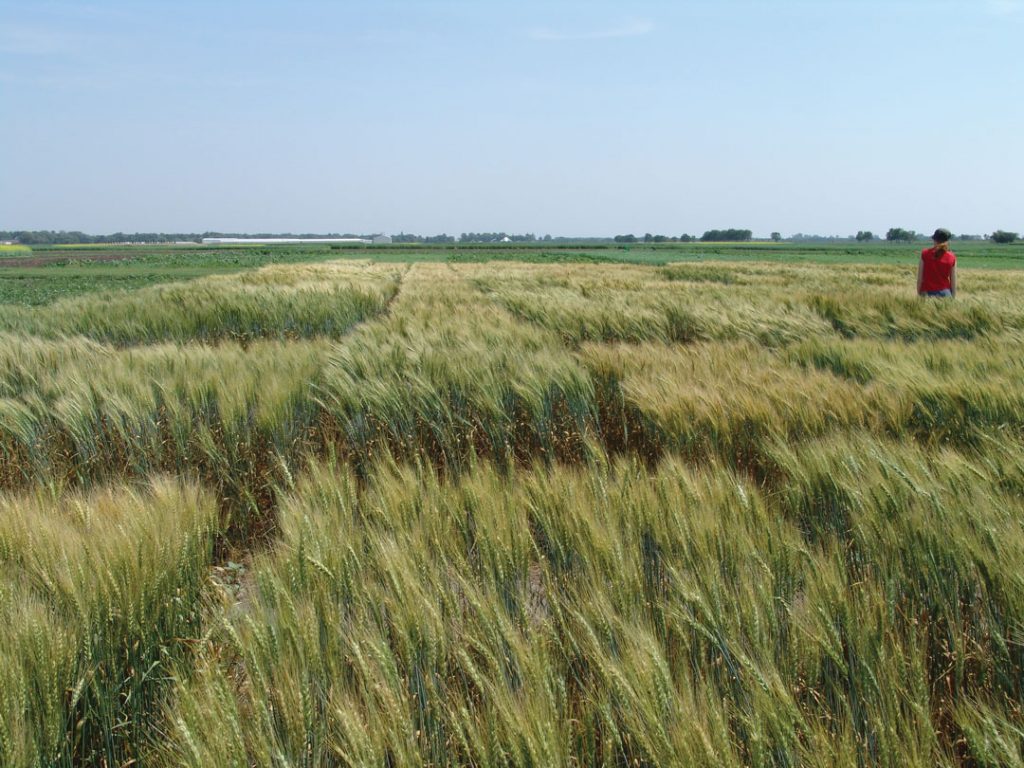
Prairie winter wheat acres have declined for years, but interest in the versatile crop has been revived. Its renewed appeal coincides with a changing of the guard in wheat breeding circles. Picking up where their predecessors left off, breeders Harwinder Sidhu and Curt McCartney aim to give farmers strong new varieties.